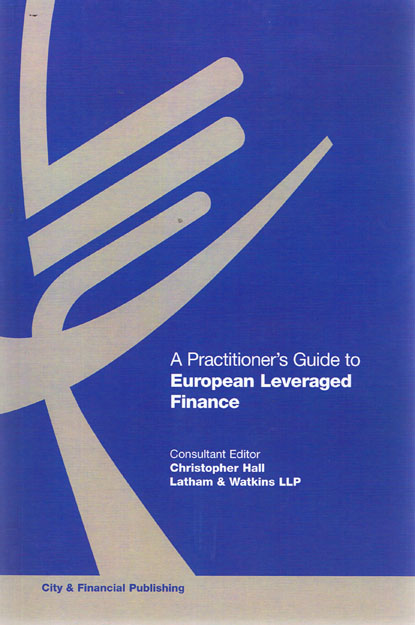
Following hard on the heels of the credit crunch now may not be seen as the best time to publish a new book on Leveraged Finance. It is certainly true that, until mid-2007, the availability of cheap debt had fuelled a massive expansion in the volume of leveraged acquisition finance in Europe and elsewhere. It is also true that this allowed private equity sponsors and portfolio companies to tip the balance of the structures and the documents in their favour.
Notwithstanding the sudden contraction in the supply of credit, leveraged finance transactions - from the archetypal management buyout of a private company to public bids to complex recapitalisations - have not completely disappeared from the market. Indeed, a recent report by Standard & Poor’s suggested that, rather than disappearing, sponsors were now accepting lower returns and tailoring structures more conservatively to meet the risk appetite of banks.
A Practitioner’s Guide to European Leveraged Finance touches on some of the developments witnessed prior to the credit crunch, but will mainly focus on the traditional model for a European leveraged finance deal. Written by leading practitioners, the book examines the practical applications of different forms of leveraged finance and offers practical advice on the application of each model of raising debt, from the most senior to the most deeply subordinated, with some thoughtful comparisons with corresponding models in the U.S..
With banks’ appetite for risk severely curtailed, A Practitioner’s Guide to European Leveraged Finance offers readers a clear understanding of tried and tested models that are appropriate to the current economic climate as well as those that will form the basis for structuring an increased volume of transactions when the markets return to a healthier condition.
As the major European leveraged finance market is in London, the book focuses principally on the UK. Further chapters look at the special requirements of the regulatory regime in France, Germany, Italy and Spain.